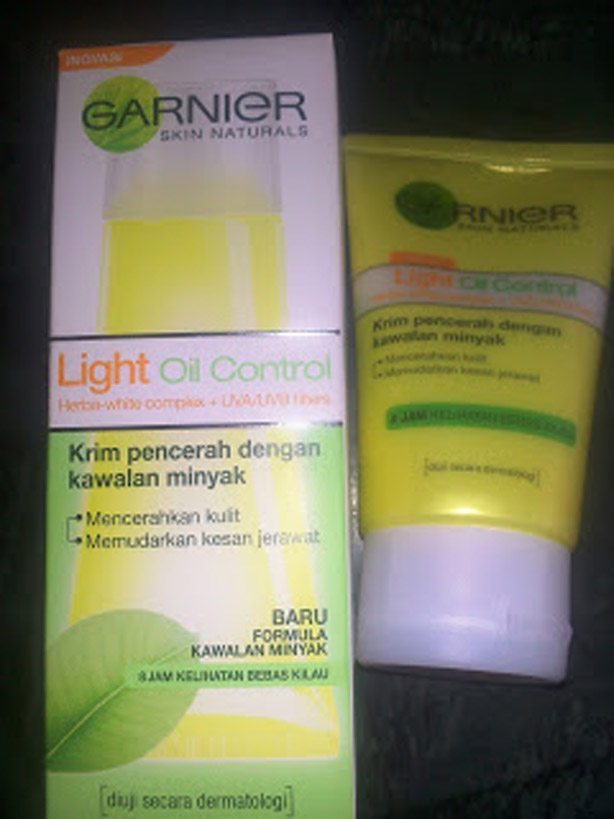Unlocking Radiant Skin: Your Aloe Vera Brightening Journey
For centuries, aloe vera has been lauded for its healing properties, but its potential for skin brightening is increasingly recognized. This article delves into the transformative power of aloe vera gel, exploring how it can contribute to a more even and radiant complexion. We'll examine the before-and-after effects, the science behind its brightening capabilities, and practical tips for maximizing results. Prepare to discover the secret to achieving naturally luminous skin!
Understanding the Science Behind Aloe Vera's Brightening Effects
Aloe vera's skin-brightening prowess stems from its rich composition. It contains a plethora of beneficial compounds, including vitamin C, a potent antioxidant that combats free radical damageâ€"a major contributor to hyperpigmentation and dullness. Polysaccharides within the gel soothe inflammation and promote cell regeneration, aiding in the healing of blemishes and reducing the appearance of dark spots. Moreover, aloin, a compound found in aloe vera, exhibits inhibitory effects on melanin production, the pigment responsible for skin color. By gently regulating melanin synthesis, aloe vera helps to achieve a more even skin tone.
The Role of Antioxidants in Skin Brightening
Free radicals, unstable molecules generated by environmental factors like UV radiation and pollution, attack skin cells and trigger inflammation. This inflammation can lead to hyperpigmentation and an uneven skin tone. Aloe vera's antioxidant properties neutralize these harmful free radicals, preventing damage and promoting a brighter, healthier complexion. The combined action of vitamin C and other antioxidants within aloe vera provides a powerful defense against these damaging agents.
Aloe Vera for Skin Brightening: A Before-and-After Perspective
While individual results may vary depending on factors such as skin type, consistency of application, and underlying skin conditions, many individuals report significant improvements in skin brightness after consistent use of aloe vera gel. Before-and-after photos often showcase a reduction in the appearance of dark spots, age spots, and acne scars. The skin appears visibly more even-toned and radiant. The improvement isn't necessarily dramatic overnight but rather a gradual enhancement of the skin’s natural luminosity.
Real-World Examples and Testimonials
Numerous online testimonials support the anecdotal evidence of aloe vera's brightening abilities. Many users report a noticeable reduction in dark spots and a general improvement in skin clarity after several weeks of regular application. However, it's crucial to remember that results are not instantaneous. Patience and consistent use are key to achieving optimal outcomes. Consider searching online forums and review sites for real user experiences and before-and-after pictures, but remember that individual results can vary greatly.
Maximizing the Benefits: How to Use Aloe Vera for Skin Brightening
To effectively harness aloe vera's skin brightening potential, follow these guidelines:
- Choose high-quality aloe vera gel: Opt for pure aloe vera gel with minimal added ingredients. Look for products that specify the percentage of aloe vera contained.
- Cleanse your skin: Thoroughly cleanse your face before applying aloe vera gel to ensure optimal absorption.
- Apply consistently: Apply a thin layer of aloe vera gel to the affected areas twice daily, morning and night.
- Combine with other brightening ingredients: For enhanced results, consider incorporating aloe vera into a skincare routine that includes other brightening ingredients like vitamin C serum or niacinamide.
- Protect from the sun: Always apply sunscreen with an SPF of 30 or higher during the day to protect your skin from further sun damage and hyperpigmentation.
Remember, while aloe vera can significantly improve skin brightness, it's not a miracle cure. For severe hyperpigmentation or other skin concerns, consult a dermatologist. They can provide personalized advice and recommend appropriate treatments.












